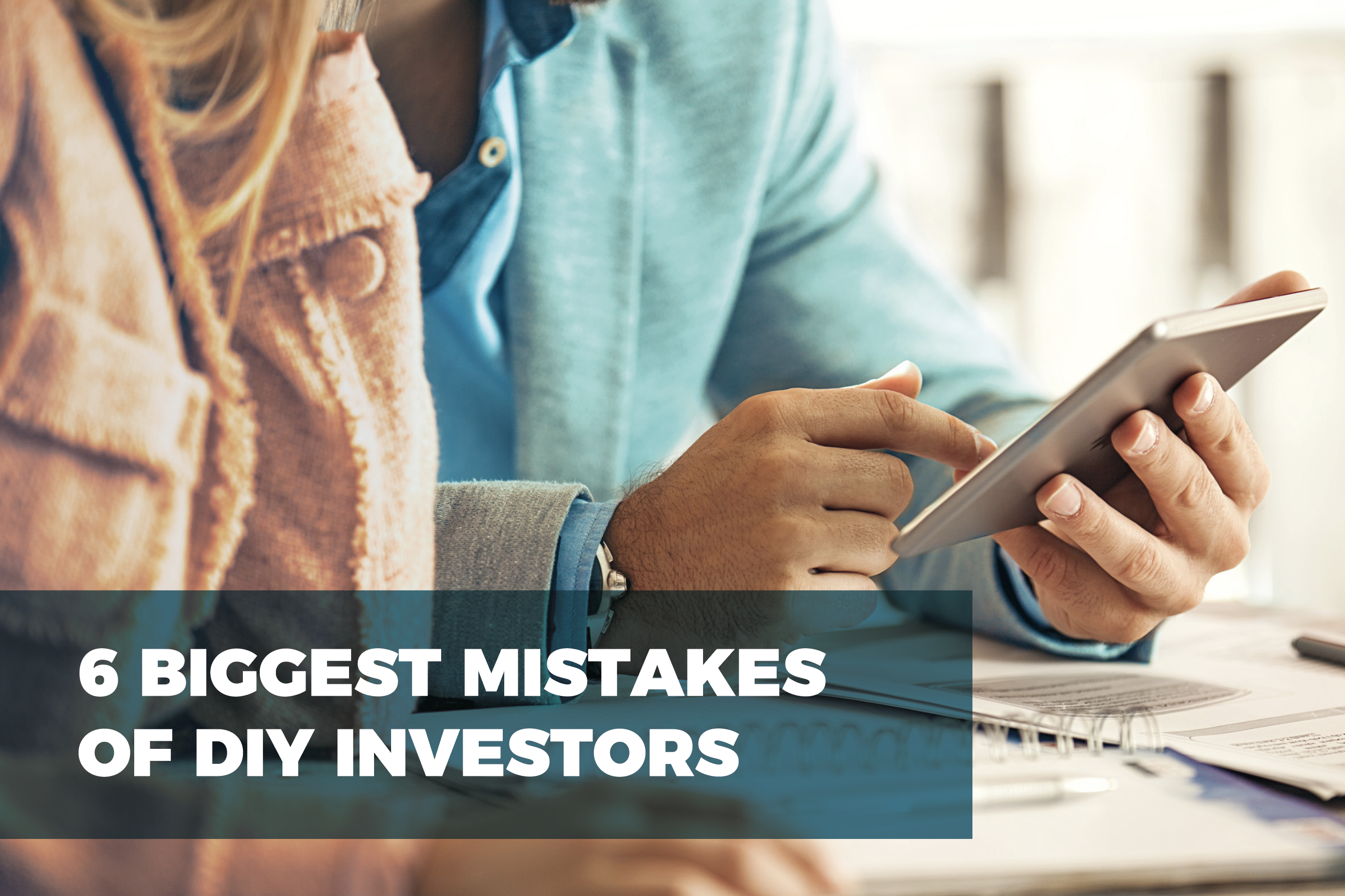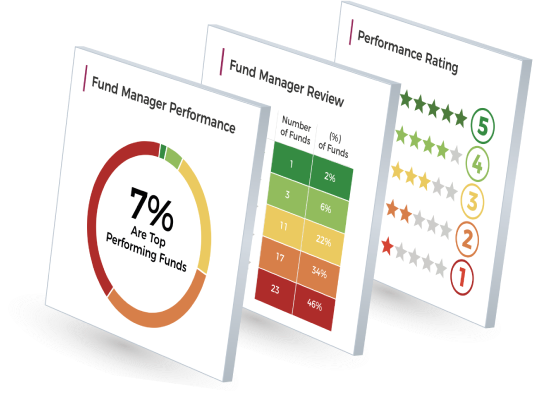
Convenience, accessibility and the low charges provided by many fund supermarkets and online platforms such as Hargreaves Lansdown, Fidelity and Bestinvest has contributed to the continued rise of self-managed or DIY investors.Although DIY investors may enjoy lower charges and control over fund decisions it is important to understand that investing without advice carries less regulatory protection than taking advice and comes with pitfalls that many DIY investors have fallen into.
For those that are considering whether to self-manage their investments or are maybe in the process of choosing a DIY platform, you need to be aware of the following pitfalls that can have a direct impact on the progress of your future investment portfolio.
1. Inefficient fund selection
Inexperienced investors run a real risk of buying investment products that are not suitable for their goals, time horizon and circumstances. It is easy to get swayed by articles on whatever is currently topical and funds/fund managers being heavily tipped, but these may not be suitable for your circumstances. Making fund choices based on factual performance, within a suitable asset allocation model, will help to ensure your portfolio remains as efficient as possible.
2. Be wary of promoted fund lists
The investment decision-making of self-investors is often heavily influenced by perceived sources of expertise. Many fund supermarkets promote their own list of favoured funds with many self-investors making fund choices based on whether a fund is included in such lists. However, the integrity of such lists has been questioned due to the promotional value they provide the fund manager, and indeed many of the funds in such lists have and continue to underperform. Therefore, before making fund decisions based on the recommendations of promoted funds lists, you should carry out your own independent research.
3. Poor Asset allocation
Studies have shown that asset allocation is a bigger driver of differences in returns between portfolios, than the individual funds or shares selected, yet most investment platforms provide little information on asset allocation. Without an asset allocation strategy, you are in effect investing in the dark and will have an inefficient portfolio that could potentially assume significantly greater risk than you ever intended.
4. Failing to understand risk
As the saying goes ‘the more risk you take, the greater the potential returns – of course, this is not correct in all circumstances. The longer your time horizon the more risk you can potentially take, because you have more time to ride out any short-term volatility. Yet there are many ways to quantify risk, and most DIY platforms provide little help in this respect. One useful measure is to understand the volatility of a portfolio, which is the extent to which it could fluctuate in value. Failure to understand risk can prove to be disastrous and in some cases can even result in the loss of a significant proportion of a portfolio.
5. Not rebalancing
Even when a DIY investor carefully plans an asset allocation strategy to suit their risk appetite and goals, it is vital for them to monitor how this changes over time and to periodically rebalance their portfolio. This is because the performance of funds and asset classes will vary, meaning that the original asset allocation will drift, potentially resulting in the portfolio changing risk profile and no longer meeting the investors’ original objectives. In selecting a platform, DIY investors should check whether asset allocation analysis is provided so they can monitor their positions. It makes sense to rebalance at least once a year.
6. Lack of monitoring
DIY investing isn’t just about doing your homework prior to making an investment. On-going monitoring is essential to ensure your funds remain competitive and top performing. Over time and as markets fluctuate previously top performing funds could now be uncompetitive.
DIY investors who fail to consistently review their funds and overall portfolio performance can miss vital warning signs. By regularly monitering your portfolio you are able to quickly spot and resolve any potential issues which will help to ensure you maintain a top performing portfolio.
















